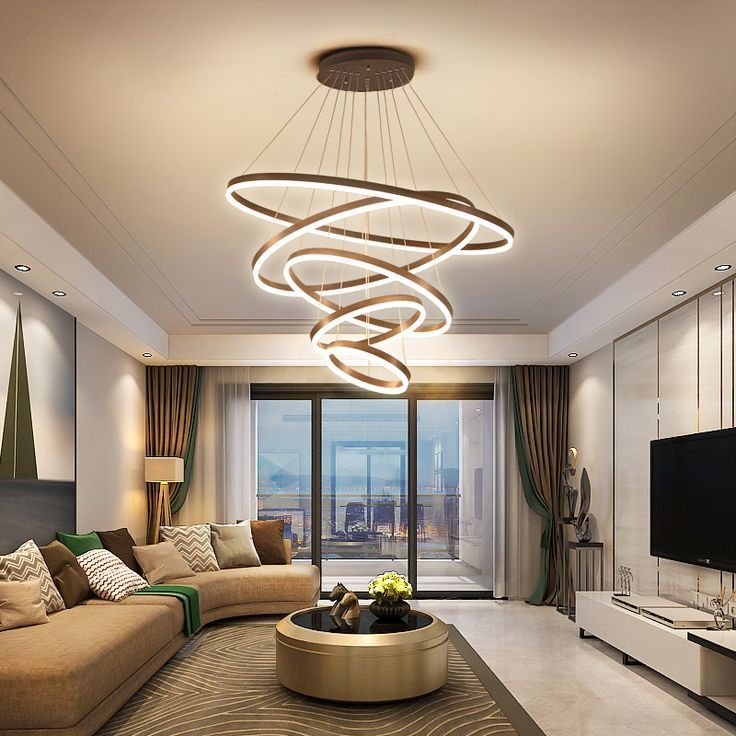“Good lighting design can make a space, but great lighting design can transform it.”
“Lighting is the lifeblood of design, bringing energy to any space it touches.” – Jean Rosenthal
“In the right light, everything is extraordinary.” – Aaron Rose
Your home is not complete without lighting. It is like dinner without the dessert.
Understanding basics will help you plan mix of downlight, uprights, wall lights, floor lights, hidden lights, feature lights, integrated architectural lighting, pendants and lamps. While combining them will add new depth, dimensions and energy to an interior. Lighting is as important as every other element of the design. For example use spot lights to highlight an artwork on a wall.
FOUR MAIN TYPES OF LIGHTING
To create a well-balanced and inviting interior, it’s essential to understand and incorporate the four main types of lighting: ambient, task, accent, and decorative lighting. Each type serves a distinct purpose and, when layered together, can transform any space into a harmonious and visually stunning environment.
Ambient lighting provides overall illumination, ensuring that a space is uniformly lit. It creates a comfortable level of brightness without glare, allowing people to move around safely and perform tasks. Hotel receptions and hospitals would have high ambient light to put people at ease.
Task lighting is focused and bright, designed for specific activities such as reading, cooking, or working. It is usually implemented through desk lamps, under-cabinet lights, and pendant lights. Kitchens in restaurants or library will have task light for ease of performing the activity.
Accent lighting is used to highlight particular features of a space, such as artworks, plants, or architectural details. This type of lighting adds depth and dimension, creating focal points that draw the eye and add interest. You would notice this kind of light in museum gallery.
Decorative lighting fixtures, such as chandeliers and wall sconces, serve as artistic elements in themselves. While they provide illumination, their primary role is to contribute to the overall aesthetic of the space. Decorative light such as pendant, wall lamp attracts attention and highlight corner or designer wall.
When it comes to home, plan sufficient ambient light for each room. Then comes to planning task light for kitchen, study room and children room. Accent light along with decorative lights could be used in drawing room, at entrance, kitchen and balcony to highlight artefacts, plants and a corner.
Few Tips
- Always look for mix of lighting schemes including ambient, decorative and task oriented.
- Calculate the Lumen or watts of light you are installing in a room.
- Do not club too many lights to one switch.
- Have separate switches for ambient, decorative and task lights.
- Avoid using chandeliers if your ceilings are low or you stay in a place prone to dust deposits.
- Any concealed wires (false roofing or cupboards) are difficult to replace or repair. Always inquire about maintenance aspect from your designer.
- Keep one contractor for complete installation or else you may end up fixing the blame game.
- Try and keep it simple. Remember it is your home not a museum or a show room or a office space.
Hidden lights (like cove lights in celings, onyx lighted wall panels, under cabinet lights) add to wow factor by creating layering and dramatic effect. But beware of increased cost of installation and subsequent maintenance. Look at your space, make a plan, play with ideas to achieve a balance of light design. In the next blog we will look at LED lights which is preferred choice for interior lighting.
Be Safe. Be happy.



